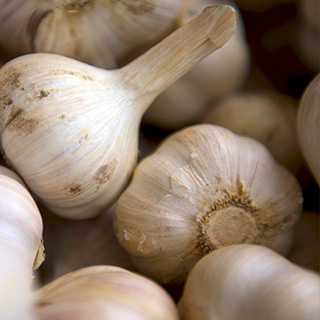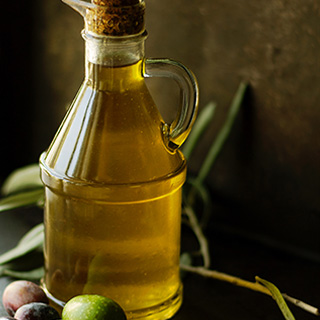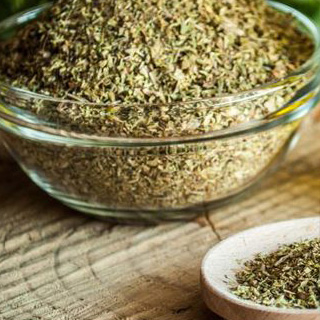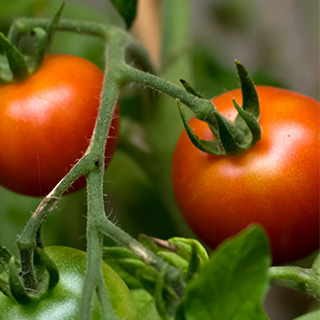It’s a natural human response when life seems unfair or something you value is under threat. Alcohol is known for its ability to amplify emotional expression and inhibition. While it may seem like anger is the most common emotion caused by alcohol, it may not be that straightforward. BetterHelp offers affordable mental health care via phone, video, or live-chat. If you or a loved one is struggling with alcoholism, contact FHE Health today and get on the road to recovery.
Specifically, it found that problematic drinkers may be more likely to attend to aggressogenic stimuli while intoxicated, and that is, they were more likely to experience certain cues as aggressive. Many people enjoy alcoholic drinks as a way of relaxing, sometimes to reduce the tension of socializing or to quiet an overactive mind. By contrast, some individuals’ alcohol consumption contributes to their anger, hostility, and even aggression. In his case, he was already predisposed to anger arousal before he had his first drink. “Trait anger” refers to a person’s general tendency to experience chronic anger over time.
Is Alcohol Use Disorder (AUD) the Same Thing as Alcoholism?
Alcohol accentuates or promotes the mental state of the drinkers at the time of consumption, fueling negative emotions such as aggressive behavior or positive emotional outcomes such as gregariousness and warmth. Aggression is classified as impulsive, premeditated, and medically driven (Gollan et al., 2005). Unlike impulse-driven aggression, which is reflective of an agitated state of mind, premeditated aggression is a planned aggressive act (Martin et al., 2019). The journal Experimental and Clinical Psychopharmacology reports on studies showing that alcohol can increase aggression in both men and women, but more so in men. Alcohol impairs a person’s executive functioning, making it harder for them to think clearly and make rational decisions.

Instead, they may zoom in on a particularly small thing and have an overly aggressive response (2). Alcohol can impair the OFC, and disrupt communication between the OFC and the amygdala. Without the OFC doing its job of calming those intense emotions, a person can have a strong reaction (2). Alcohol’s ability to temporarily reduce anxiety can also intensify the urge to act on impulse.
Prescription Drug Addiction Facts and Statistics
People who tend to ignore the future consequences of their behavior, or score low on the Consideration of Future Consequences (CFC) scale, have been found to display more aggression. Underage drinking among U.S. teens has declined over the last 20 years, according to the University of Michigan’s Monitoring the Future survey. In 2023, 46% of 12th graders said they had consumed alcohol in the 12 months prior to the survey, as did 31% of 10th graders and 15% of eighth graders. These shares are down from 2001, when 73% of 12th graders, 64% of 10th graders and 42% of eighth graders said they had drunk alcohol in the previous year. This research was supported by a National Institute on Alcohol Abuse and Alcoholism at the National Institutes of Health grant (R01 AA17603) to the first author. The NIAAA and NIH had no further role in study design, in the collection, analysis and interpretation of the data; in the writing of the report, or in the decision to submit the paper for publication.
- For the six-month baseline period, 64.5% of the sample reported no illicit drug use, and another 10.5% of the sample reported average use at less than one time per month; there was no significant between-condition difference.
- Alcohol severely decreases cognitive function, which makes it harder to problem-solve, make safe decisions, and control aggression.
There’s a difference in safety between someone who is expressing anger verbally and one who has become physically aggressive. Extreme emotions that are usually hidden from others, like anger and sadness, may be more noticeable when you drink because you’re less able to conceal and manage them. When they come out, others notice them because they’re not a part of the everyday social experience. Outpatient programs are often part of aftercare programs once you complete an inpatient or PHP program.
Dealing with Being Angry While Sober
Additionally, the amygdala area of the human brain is where we process emotions. And our orbitofrontal cortex (OFC), which is part of the PFC, helps calm feelings of rage and aggression. The PFC region of the brain is where we make judgment calls about potential behavior before acting on it.
Although no objective indicators of other substance use were obtained (e.g., urine screens), participants were asked whether they had used illicit substances. For the six-month baseline period, 64.5% of the sample reported no illicit drug use, and another 10.5% of the sample reported average use at less than one time per month; there was no significant between-condition difference. alcohol depression and anger The most frequent drug used was marijuana; 30% of the sample reported use of this drug at least once during the six-month baseline period. With regard to baseline levels of anger, males scored at the 75th percentile and females at the 55th percentile on the STAXI-trait anger scale. It only becomes unhealthy when it goes unresolved and when it isn’t addressed.
Table 2 displays demographic characteristics for the sample as a whole and separately by treatment condition. Some people have a genetic variation of the serotonin 2B receptor gene HTR2B. Researchers found that participants who were less inclined to think about the future were more inclined to deliver shocks longer and harder, but especially if they were drunk. Alcohol had minimal impact on aggression for those who thought about future consequences. In the study, nearly 500 participants completed a questionnaire about their inclination to consider future outcomes.








